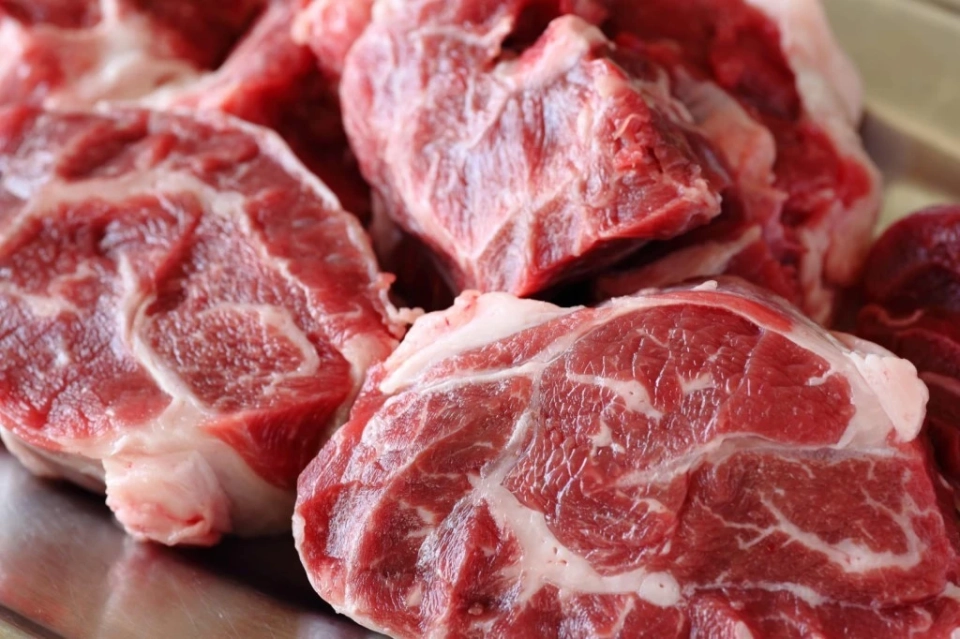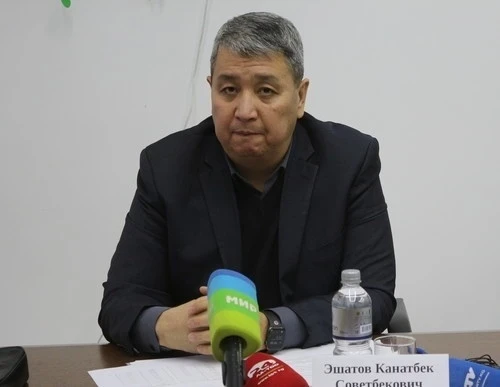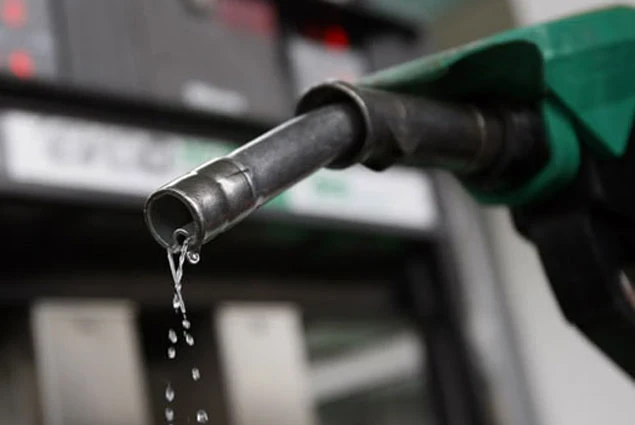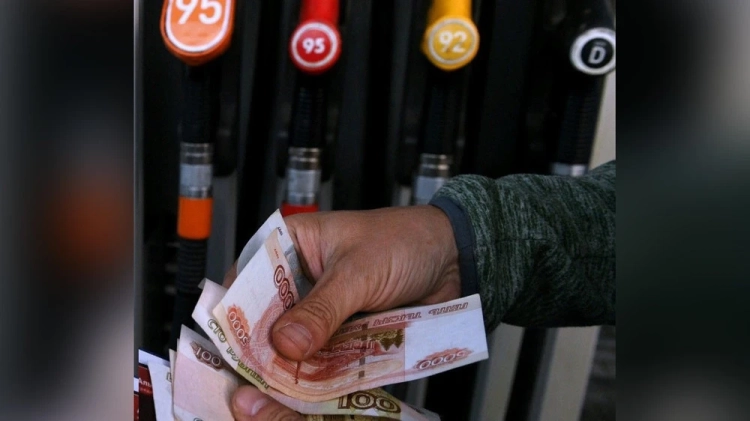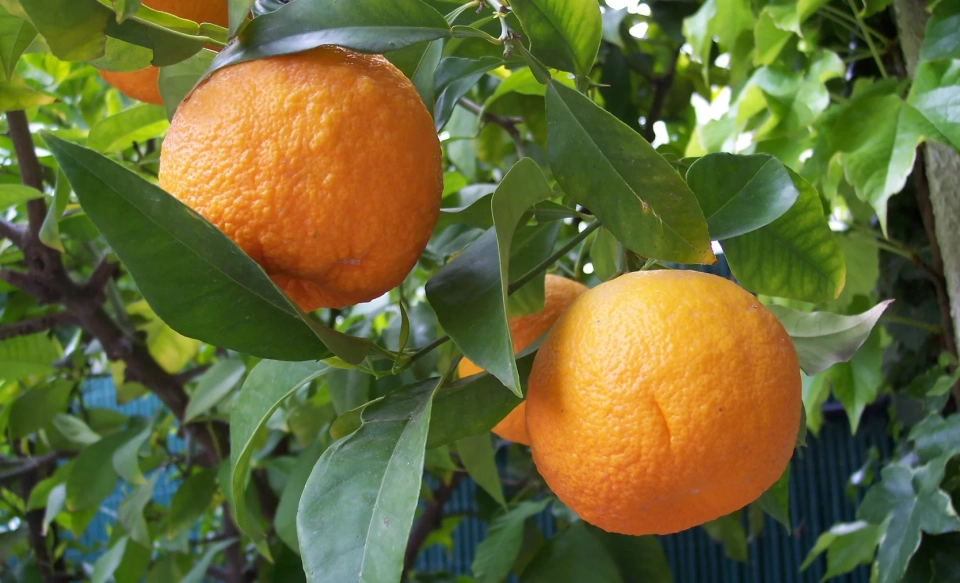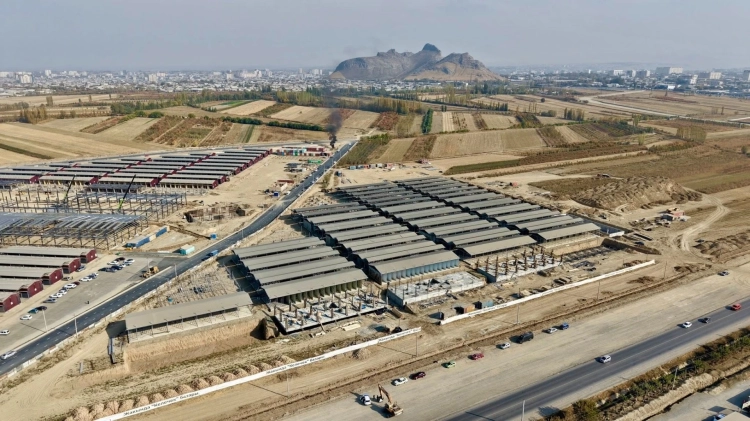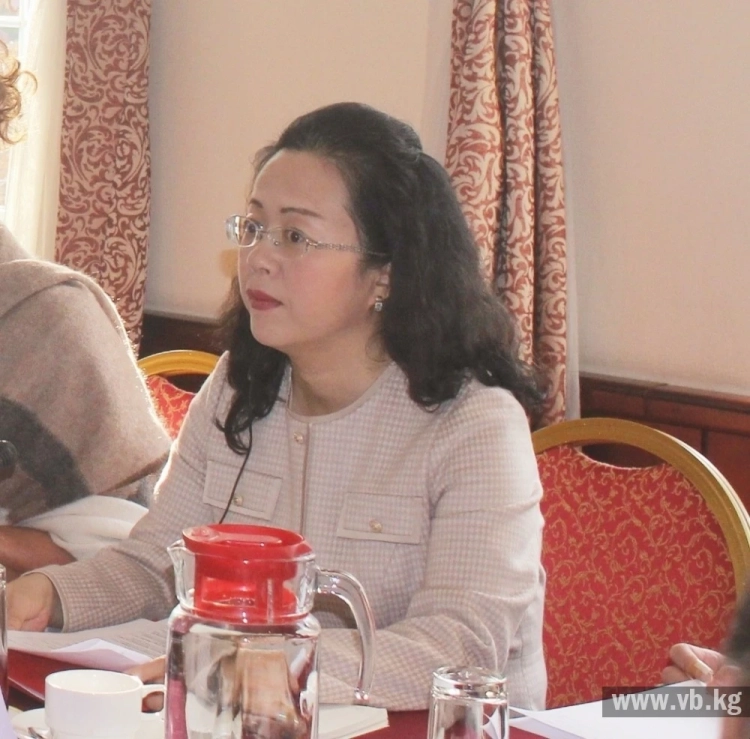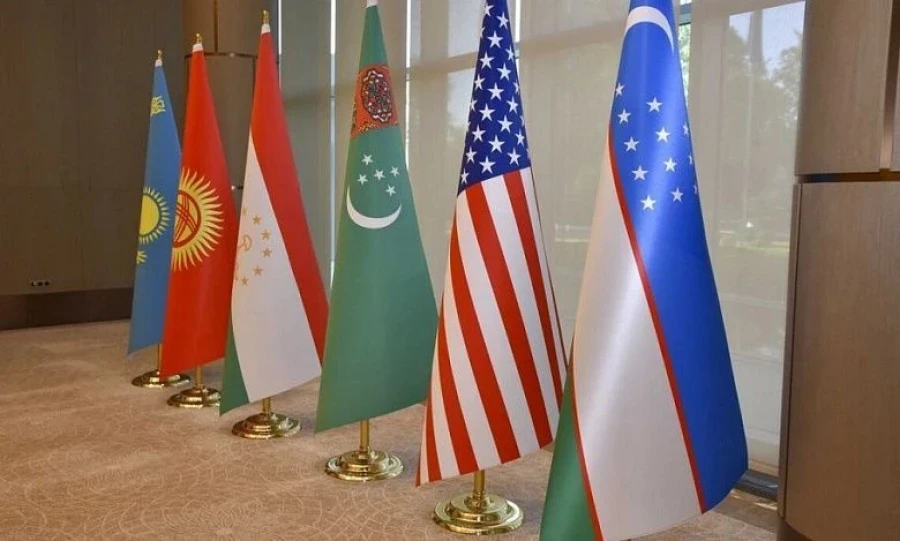Beef prices in Kazakhstan have sharply increased, and this has been noticed by everyone — from market sellers to buyers. According to Maksut Bakti baev, head of the Meat Union of Kazakhstan, this is not a random occurrence, but a result of systemic mistakes in the industry over the past few years. In an interview with TENGE TALKS, he explains that Kazakhstan has all the resources for successful meat production but lacks a long-term strategy.
What happened: sharp price increase and diagnosis of industry problems
Domestic beef prices have sharply increased, which has been noticed by everyone: from traders in markets to ordinary buyers. Bakti baev claims that this is not just a random glitch, but a consequence of numerous mistakes made in agricultural policy over the past years. In the interview, he emphasizes that the country has all the necessary resources for large-scale meat production — pastures, grain, and a favorable climate, but lacks a strategic vision for the future.
“You know that India, a country where cows are considered sacred, ranks second in the world in beef exports? Over the past seven years, it has become a leader due to changing consumer habits in China, which has started consuming more red meat. This created a shortage that other countries could not quickly fill. India was able to adapt and now exports about one and a half to two million tons of beef per year. Although this meat is not of very high quality, it is affordable. At the same time, we are using only 7% of our potential,” says Bakti baev.
He also points out the negative consequences of short-term policies that have hindered business initiatives and forced farmers to leave the market. In his opinion, the lack of continuity and centralized management has led to farmers operating at a loss, and livestock numbers have decreased, which in turn has caused the current shortage and price increase.
“There is currently no strategic plan for 10-20 years. Perhaps we are experiencing the consequences of the so-called 'Dutch disease,' when we had a lot of oil revenues and did not pay attention to food security. We thought we could buy everything. However, the pandemic showed that this is not the case. Logistics do not work, and we are heavily dependent on imports,” he adds.
But let's return to the current situation: how does the Ministry of Agriculture explain the sharp rise in meat prices?
Ministry of Agriculture's explanation: export and quotas as response measures
The Ministry of Agriculture confirms the price increase, linking it to increased external demand and the redistribution of livestock for export. Deputy Minister Azat Sultanov notes that the increase in exports at the beginning of the year and the opening of slaughter facilities at the border led to livestock from the regions starting to move to the external market.
In response, the ministry has imposed restrictions on the export of breeding livestock and quotas on the export of live cattle and meat. According to the ministry, such measures are necessary to stabilize the domestic market and work only with those exporters who have a complete production cycle.
“We are not talking about a shortage — there is enough meat. We are recording a sharp increase in beef prices caused by increased demand for our products from external markets. After the ban on the export of breeding livestock and quotas on exports were introduced, our neighbors began to focus on Kazakh meat, and slaughter enterprises began to open in the south near the border. Livestock began to be actively exported from all regions,” says the deputy minister.
The Ministry of Agriculture emphasizes that quotas are only given to participants with a complete production cycle, and enterprises that do not comply with sanitary standards are excluded. They are confident that the intervention has already yielded results, but it is a temporary measure and does not address the underlying problems.
“3200 tenge — that was the price for a carcass on the market. However, in large stores, it had already reached 6000 tenge. Farmers did not benefit from this. It was also not profitable for them to export since it is inaccessible for small farms. Resellers buy small batches from them and then form export volumes. Farmers suffer, and the ones who suffer are the buyers,” explains Azat Sultanov.
Behind the scenes: how meat enterprises function
The head of the company "Terra," Marat Utele baev from the Kostanay region, shares the real picture of production, its costs, and the problems faced by small farms. He emphasizes that demographic and infrastructural conditions exacerbate the situation, as young people leave for cities, and villages lack the necessary resources for livestock maintenance.
Utele baev talks about the process: livestock is purchased in the regions, transported in specialized vehicles, placed in quarantine, and then fattened. The facility can simultaneously house up to 25,000 heads, and currently, there are about 16,000.
Each animal is calculated for feed days: to fatten a calf weighing 150 kg to 520 kg requires about 200-300 feed days and almost a year of labor. This entails significant operational costs.
“This is a systemic problem that has existed for many years. What happened this year was expected. The low price of meat does not encourage farmers to engage in agriculture. Moreover, getting to the village of Karabalyk, for example, costs 35 km, and in such conditions, it is difficult to maintain livestock. Living conditions in villages are deteriorating, and this affects the decline in livestock numbers,” shares Utele baev's opinion.
The main problem for producers lies in the cost price. Utele baev emphasizes that considering current expenses, “it is impossible to enter the market at low prices”: just the costs for procurement, feed, salaries, fuel, electricity, and taxes amount to about 3700 tenge per kilogram. Selling cheaper means operating at a loss, and additional operations only increase the price.
Thus, fattening facilities cannot sharply lower prices without support for producers or changes in the supply chain.
Farmers also face other serious problems. Since 2022, the state has owed one of the enterprises about 3.65 billion tenge, creating financial difficulties and limiting growth opportunities.
“We are the largest beef exporters in the Kostanay region. Since September 2024, our company has not received a refundable VAT of 143 million tenge for meat exports. This money should be in circulation, but it simply is not. We do not expect to receive the VAT back in 2025,” reports the Terra group of companies.
Economics and politics: why prices are rising
Declining livestock numbers — part of the animals were removed from the count or slaughtered during periods of losses, leading to a shortage, especially during price increases.
Erroneous regulatory measures — constant bans and quotas on exports, as well as uncoordinated actions to balance internal prices, forced businesses to go underground and limited investments. Industry representatives claim that such measures demotivate producers.
Export demand and cross-border chains — the opening of external markets has led to part of the livestock being exported, exacerbating the internal shortage.
High cost price and weak logistics make small farms uncompetitive, leading to their exit from the market, while large facilities experience financial pressure.
Social and infrastructural problems — urbanization and lack of infrastructure in villages create staffing and technological limitations.
Maksut Bakti baev adds that one of the main problems is the lack of strategic planning, causing the industry to “exist by circumstances” rather than by a clear plan. Export bans led to negative effects and the disappearance of companies that could not withstand losses.
What awaits us in the future?
In the short term, resellers have become the beneficiaries, while farmers often lost: at low prices, they could not cover their costs, and at high prices, they could not always restore livestock numbers.
In the medium term, Bakti baev suggests that restoring livestock numbers will take two to three years if there are no new restrictions and clarity in future directions. However, even with increased production, price reductions are only possible with integration into markets and the creation of conditions for mass production.
As a result of government decisions and exports, some farms have disappeared, livestock numbers have decreased, and cost prices have increased. Buyers remain vulnerable to price fluctuations.
Maksut Bakti baev emphasizes that to ensure affordable meat prices, it is necessary not just to address current problems but to increase production and act according to a clear strategy. Only systemic support for farmers and investment in infrastructure can bring prices back to a level accessible to the population.
“We are currently facing a situation where meat is more expensive than in China, Brazil, and Russia. This is abnormal. To achieve affordable prices, production volumes must be increased. This is an economic truth,” concludes the chairman of the Meat Union.
In turn, former Minister of Agriculture Asylzhan Mamytbekov noted that the reason for high beef prices is obvious — it is the result of years of price suppression and the destruction of incentives for farmers. Details can be found here.

